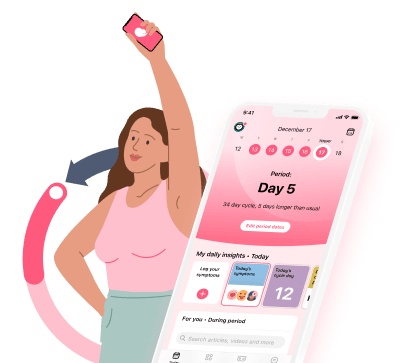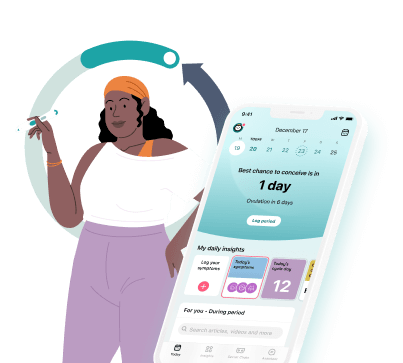You’ve officially reached the end of your second trimester — congratulations! At 27 weeks pregnant, this can feel like an exciting turning point. If you decided to keep your baby’s sex as a surprise, you may still be wondering if there are any signs you’re having a boy or girl. Keep reading to discover which “signs” are no more than old wives’ tales and learn about the common symptoms you may experience this week with advice from a Flo expert.
Your baby at 27 weeks pregnant
Developing smooth skin
At 27 weeks pregnant, your baby is busy putting on weight. As they get all cute and plump, the new fat fills out their folds of skin. Their skin previously looked like a wrinkled prune — picture your skin after a hot bubble bath — but it is now becoming soft and smooth.
Your baby has a naturally slowing heart rate
During pregnancy, your baby’s heart rate changes. It accelerates rapidly during early pregnancy before slowing down as your pregnancy progresses. By 27 weeks pregnant, your baby’s heart rate will have slowed down to 110 to 160 beats per minute. That may sound alarming, but rest assured — it is totally normal. It’s also still way speedier than your own heart rate, which, during pregnancy, is likely around 90 beats per minute.
But why does this happen? Well, your baby’s heart rate will naturally slow down thanks to their maturing parasympathetic nervous system. This is the network of nerves that helps to control your body’s response during times of rest.
How big is a baby at 27 weeks?
Length (crown to heel): 36.6 cm or 14.4 in.
Weight: 1 kg or 2.3 lb.
Size: Equivalent to a cauliflower
All measurements are approximate and vary within the normal range.








